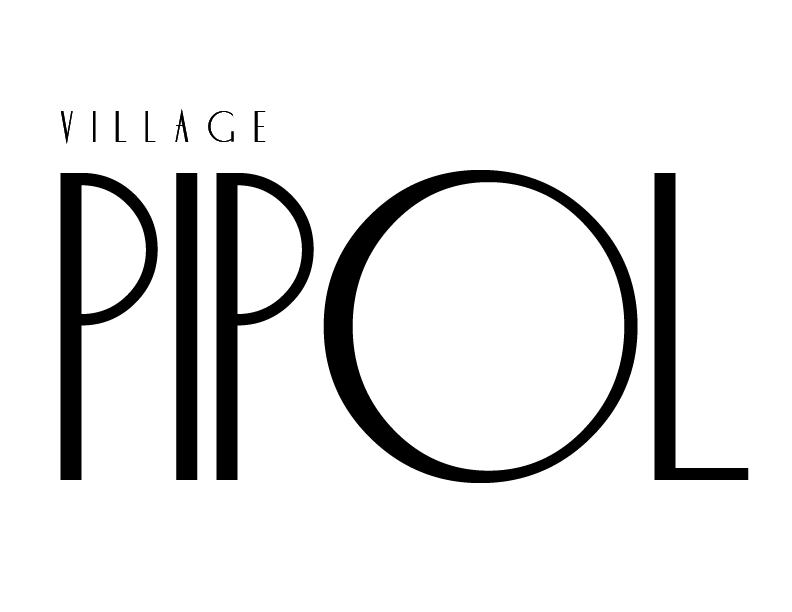What is deadstock and should it be used more or not?
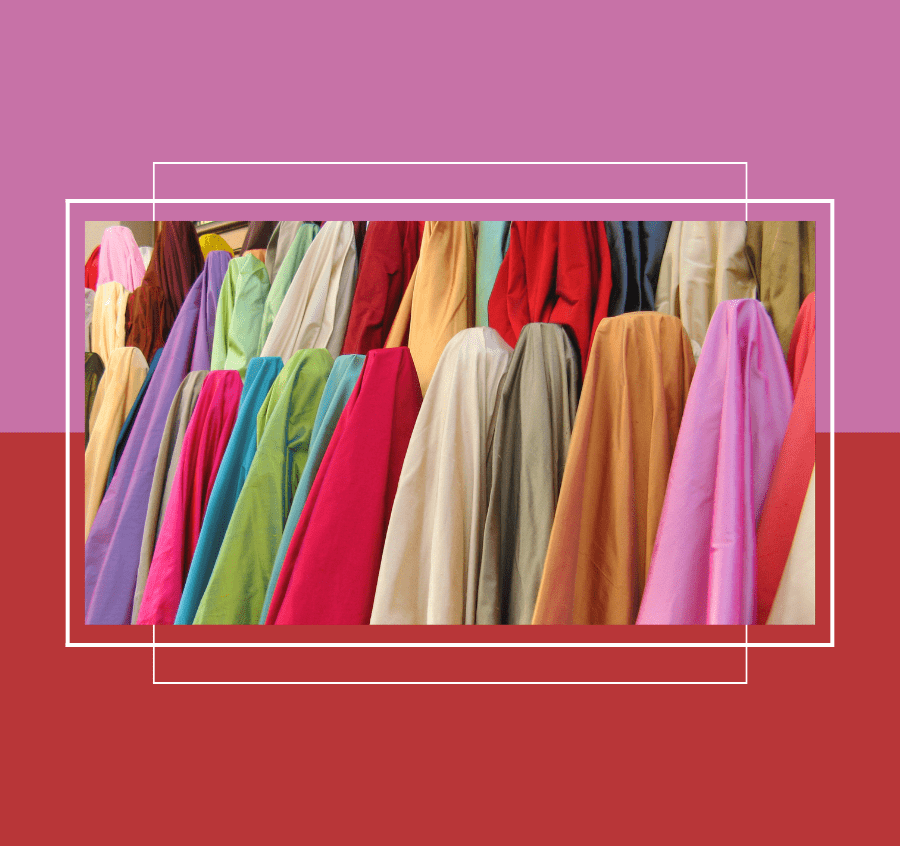
Deadstock refers to fabric that is sitting around. This refers to either leftover fabrics that a brand didn’t use and are not part of a plan for future use or textile mills have become unable to sell. The reason behind these unusable excess fabrics refers to the following:
- small damages,
- a brand overestimating their need,
- unmatched pantones,
- or these are just scraps from factory cutting room floors.
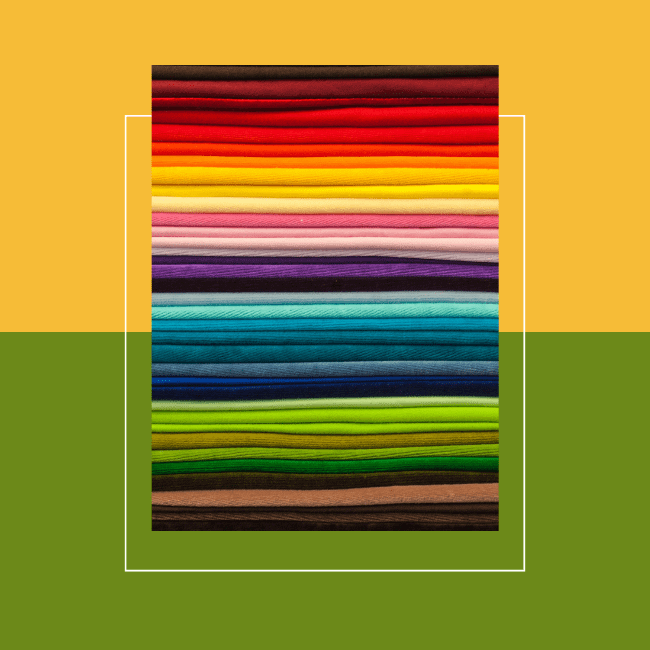
Before we get into it, let’s talk about sustainability in the fashion industry.
Over the years, sustainability has become the biggest buzzword in fashion. Upcycling is basically flipping old clothes into new ones. This is one way to ensure sustainability due to its promotion of the idea of circular fashion. However, there are plenty of ways to upcycle clothes at home. But, as the pressure to adopt these practices increases, plenty of brands turn to find another way to introduce upcycling in their production process.
That’s when deadstock came to be.
Deadstock is, basically, unsold inventory or leftover fabric. When left unused over extended periods of time, the leftover fabric goes to its final destination — the landfill. This, then, adds to the reason why the fashion industry has become one of the most wasteful industries among others. The aspect of deadstock fabrics refers to finding a way to give new life to textiles instead of having them end up as waste in landfill.
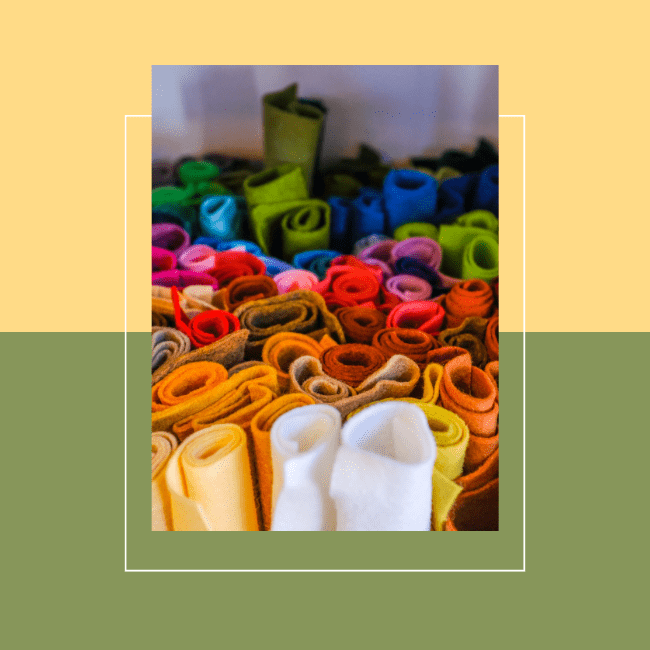
Reducing waste is the #1 benefit of using deadstock.
Not only does using deadstock fabrics reduce textile waste, but it also saves energy. It reduces the carbon footprint that expends in the production of new materials. Often, deadstock is claimed as a sustainable alternative to virgin materials in the fashion industry.
Fabric waste has always been one of the biggest problems in the fashion industry. Mountains of clothes and fabrics are sent to landfills and/or burned every single year. A lot of brands and designers have started using deadstock with the intention to address the waste problems in fashion.
That’s why we mentioned circular fashion.
Circular fashion refers to an industry where waste and pollution are designed out, and products and materials are kept in use for as long as possible. This, of course, includes reuse and recycling, and where natural systems are regenerated. A circular model also considers the end-of-life stage. If the product can no longer be used either whole, for its parts, or recycled back into raw materials it can be disposed of without harming the environment.
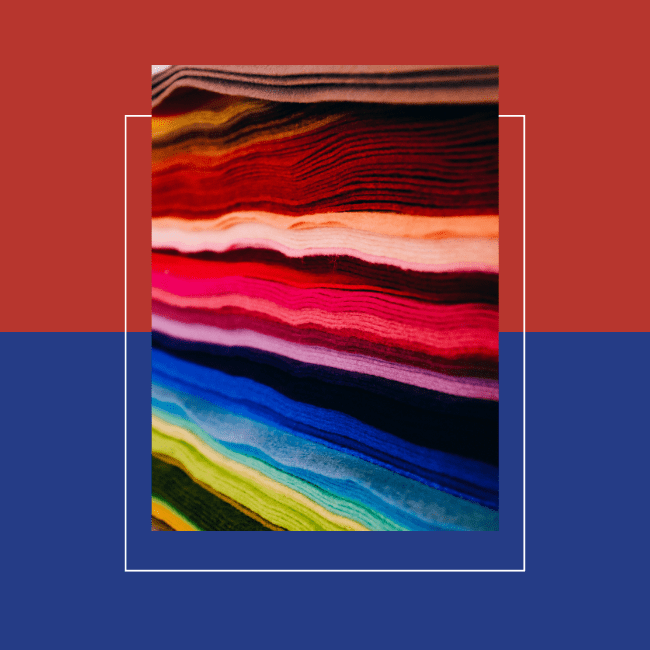
Although using deadstock help reduce the amount of material ending up in landfill, it won’t automatically make a brand sustainable.
According to Jessica Sikora, she has a personal quarrel when it comes to brands using deadstock. She cited fast fashion brands won’t learn any lessons from it.
“By buying these textiles off of big brands it is teaching them that someone else will clean up their mess. They profit from selling their leftover fabrics & can adopt the mentality that they are doing their part by reducing their textile wastes.”
Sure, using deadstock is definitely a more environmentally-friendly choice to reuse materials and fabrics in a way that decreases the amount that ends up in landfills. For a brand to be really considered truly sustainable, a much broader set of practices is included in the equation. These include the production processes and the treatment of workers among others.
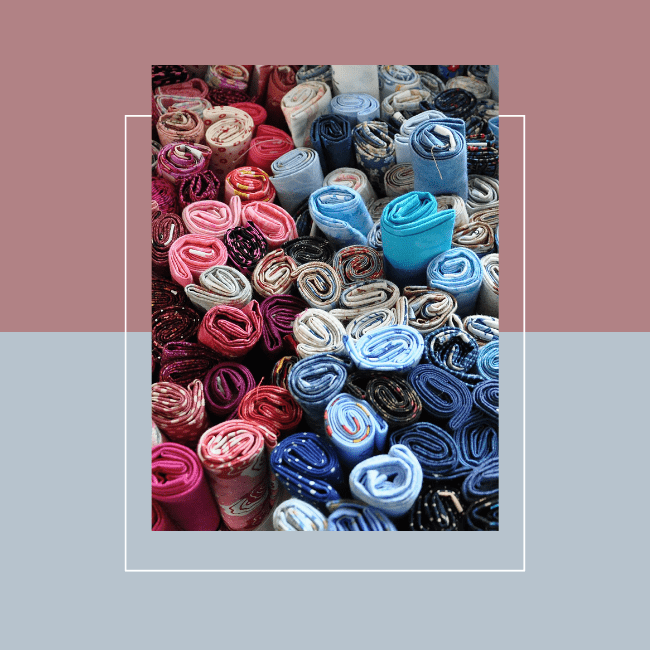
With emerging designers pushing the agenda of sustainability and actually using deadstock for ethical purposes, it would only be a matter of time before major fashion houses started to take note. Let us know if deadstock should be used more or not.
Angela Grace P. Baltan has been writing professionally since 2017. She doesn’t hesitate to be opinionated in analyzing movies and television series. Aside from that, she has an affinity for writing anything under the sun. As a writer, she uses her articles to advocate for feminism, gender equality, the LGBTQIA+ community, and mental health among others.

